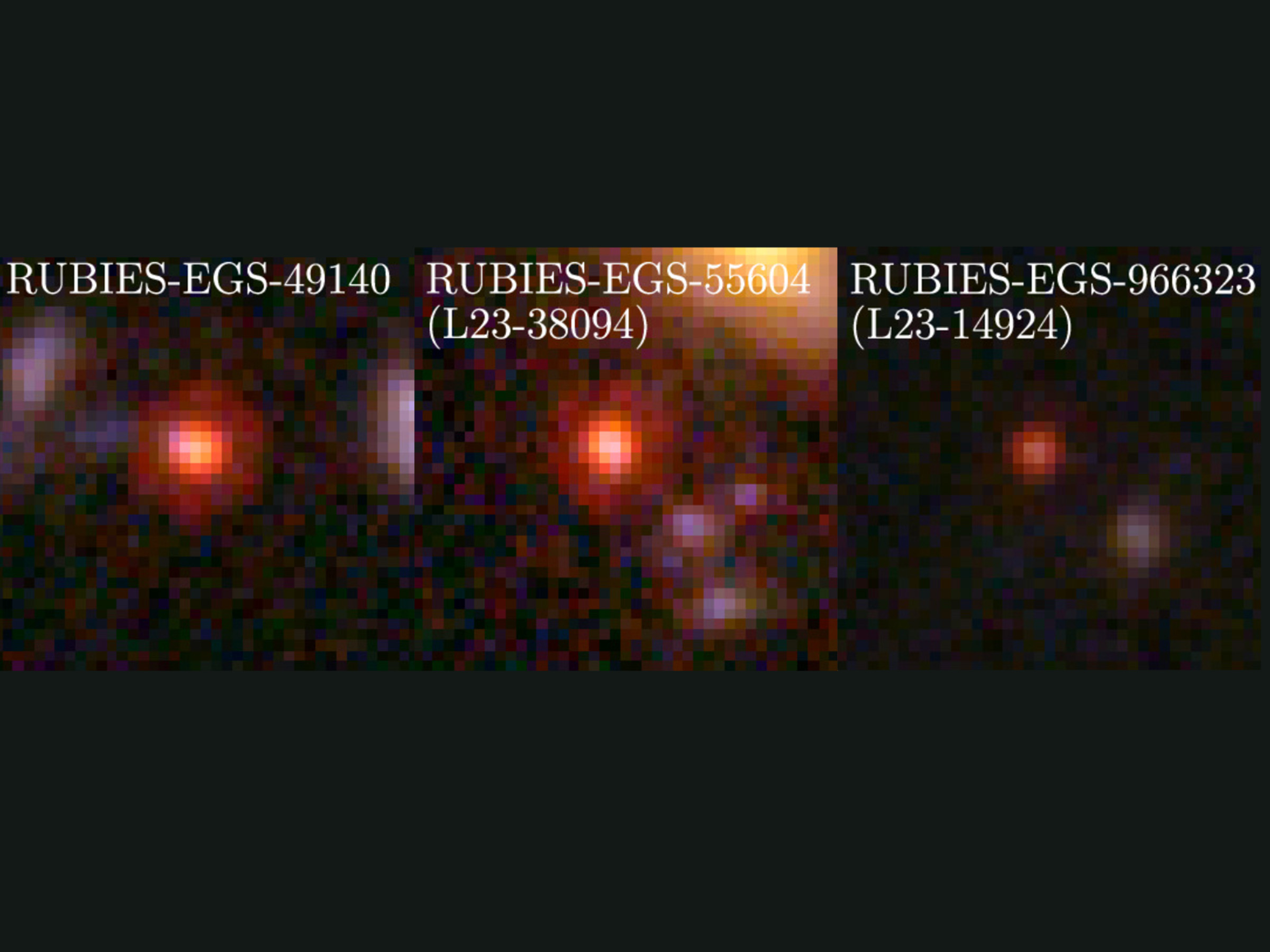Scientists Discover Mysterious 'Little Red Dots' Using James Webb Space Telescope
Astronomers using the James Webb Space Telescope have discovered mysterious 'little red dots'—compact, intensely luminous red objects in the early universe—that may represent a new class of cosmic entity, challenging current theories of galaxy and black hole formation.

Astronomers have announced the discovery of enigmatic 'little red dots' in the distant universe, observed using the James Webb Space Telescope (JWST), with findings published on September 14, 2025. These compact, intensely luminous red objects, including a standout specimen dubbed 'The Cliff,' are located over 12 billion light-years away and may fundamentally alter our understanding of how galaxies and black holes formed in the early cosmos.
Initial observations of The Cliff suggested it was an extraordinarily dense galaxy, with stars colliding at a rate of about once per month. However, detailed spectral analysis and follow-up observations using the Chandra X-ray telescope revealed a lack of expected X-ray emissions, casting doubt on the dense galaxy hypothesis. Instead, researchers led by Anna de Graaff at the Max Planck Institute propose that The Cliff is a 'black hole star'—a massive black hole enveloped by an extremely dense gas cloud, which absorbs and re-emits light, mimicking the signature of ancient stars. The object's strong Balmer break, twice as prominent as any previously documented distant object, supports this interpretation and points to a rich hydrogen environment.
The implications of this discovery are profound. Similar 'little red dots' have been found at a rate of about one per thousand galaxies surveyed, suggesting that black hole stars could be more common than previously thought. If confirmed, this would require a significant revision of prevailing models of early cosmic evolution, particularly regarding the rapid emergence of supermassive black holes shortly after the Big Bang—a longstanding mystery in astrophysics.
Despite the compelling evidence, the black hole star hypothesis is not without its challenges. The intense luminosity observed in The Cliff is difficult to fully explain, and researchers acknowledge that additional factors, such as a mix of massive stars, may be necessary to account for all the data. The study's authors emphasize the need for further observations and theoretical work to refine their models and test alternative explanations.
This discovery comes amid a wave of new research leveraging the unprecedented capabilities of JWST to probe the early universe. The findings highlight the telescope's ability to reveal previously unseen phenomena and underscore the dynamic, rapidly evolving nature of modern astrophysics. As more 'little red dots' are identified and studied, astronomers anticipate that these objects will provide critical insights into the processes that shaped the first galaxies and black holes, prompting a reevaluation of established cosmological theories.